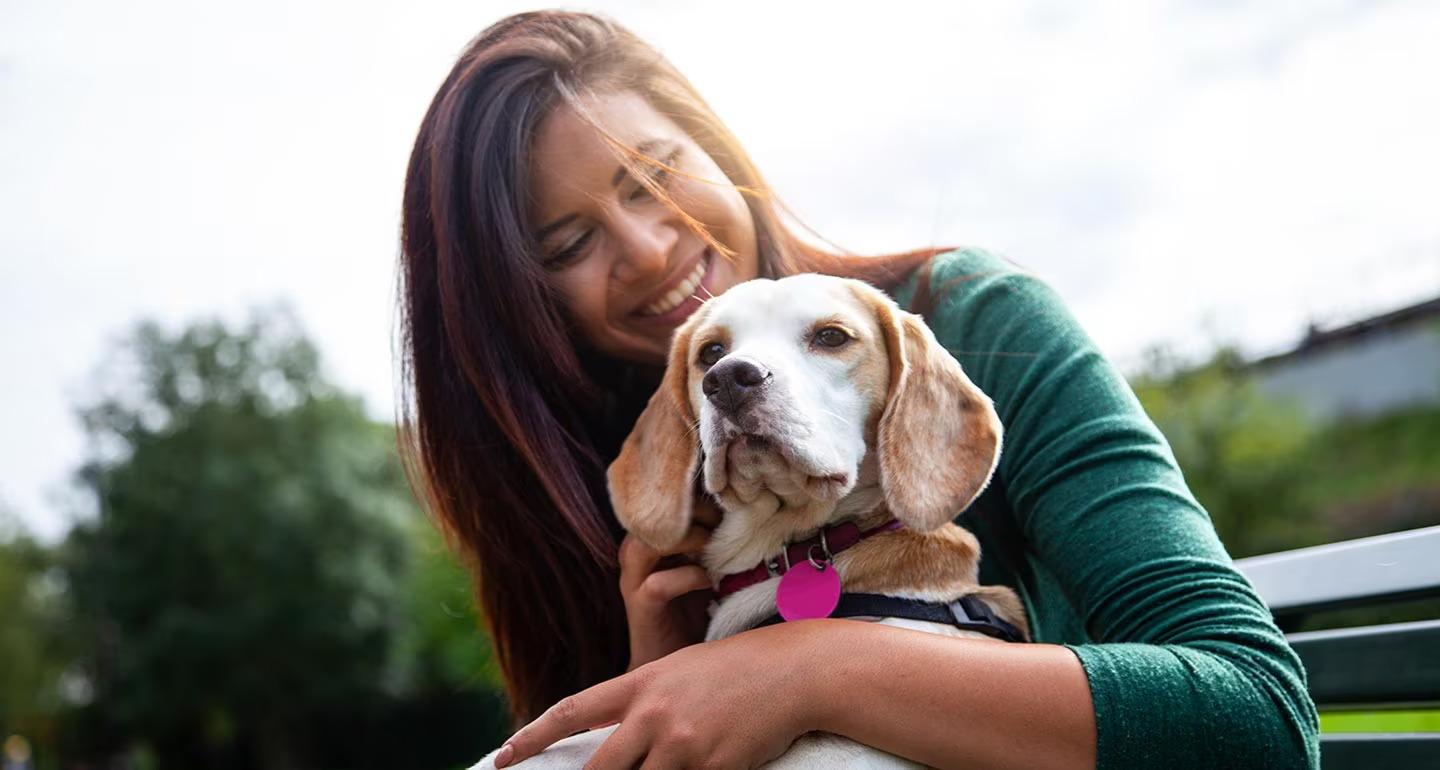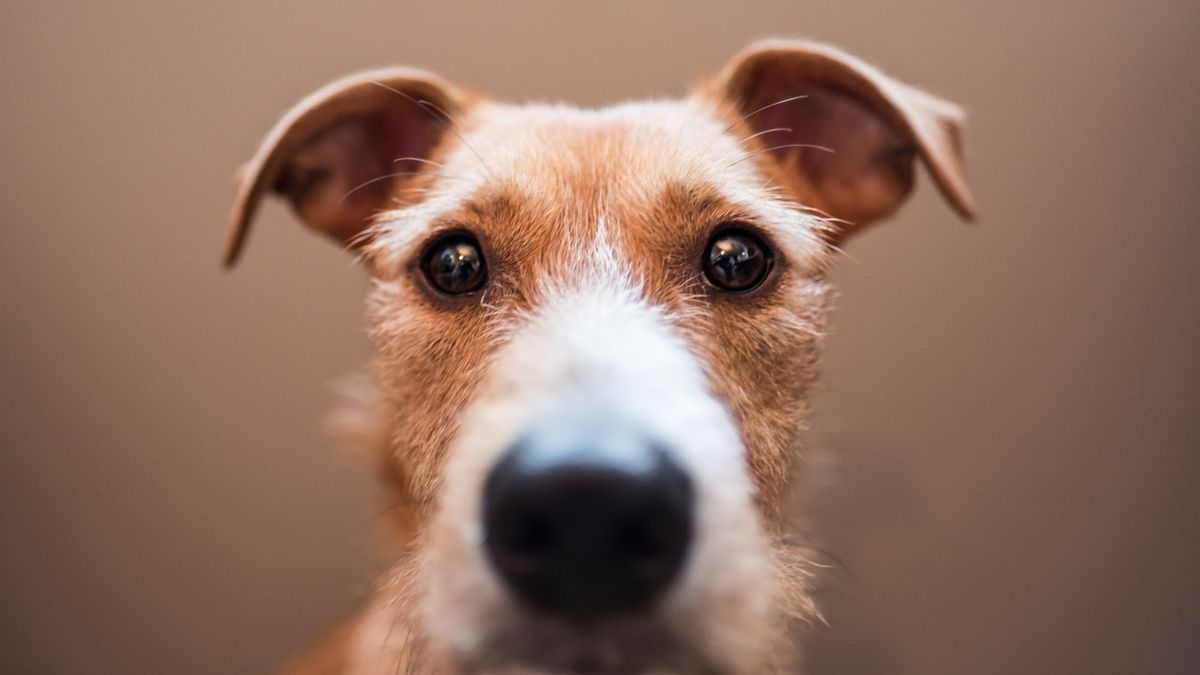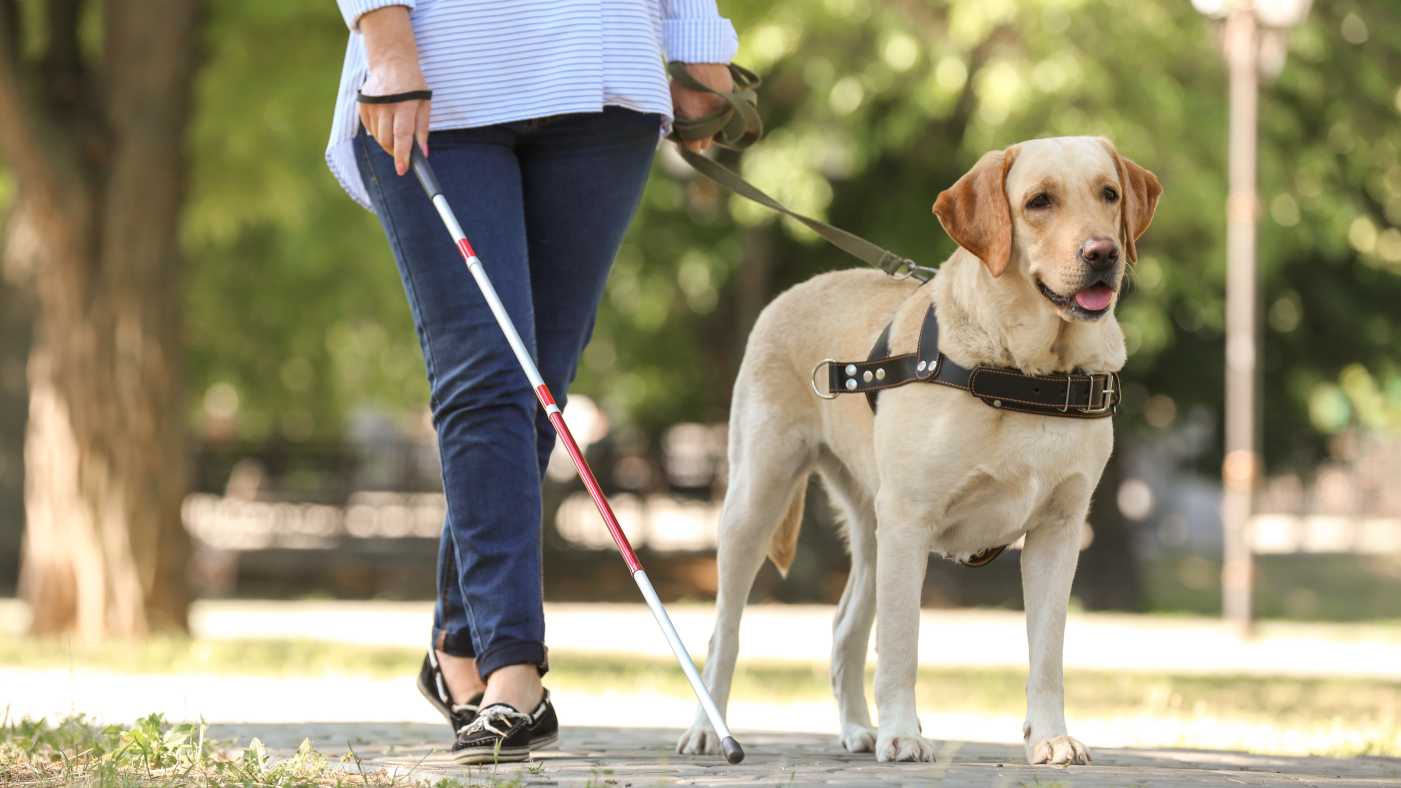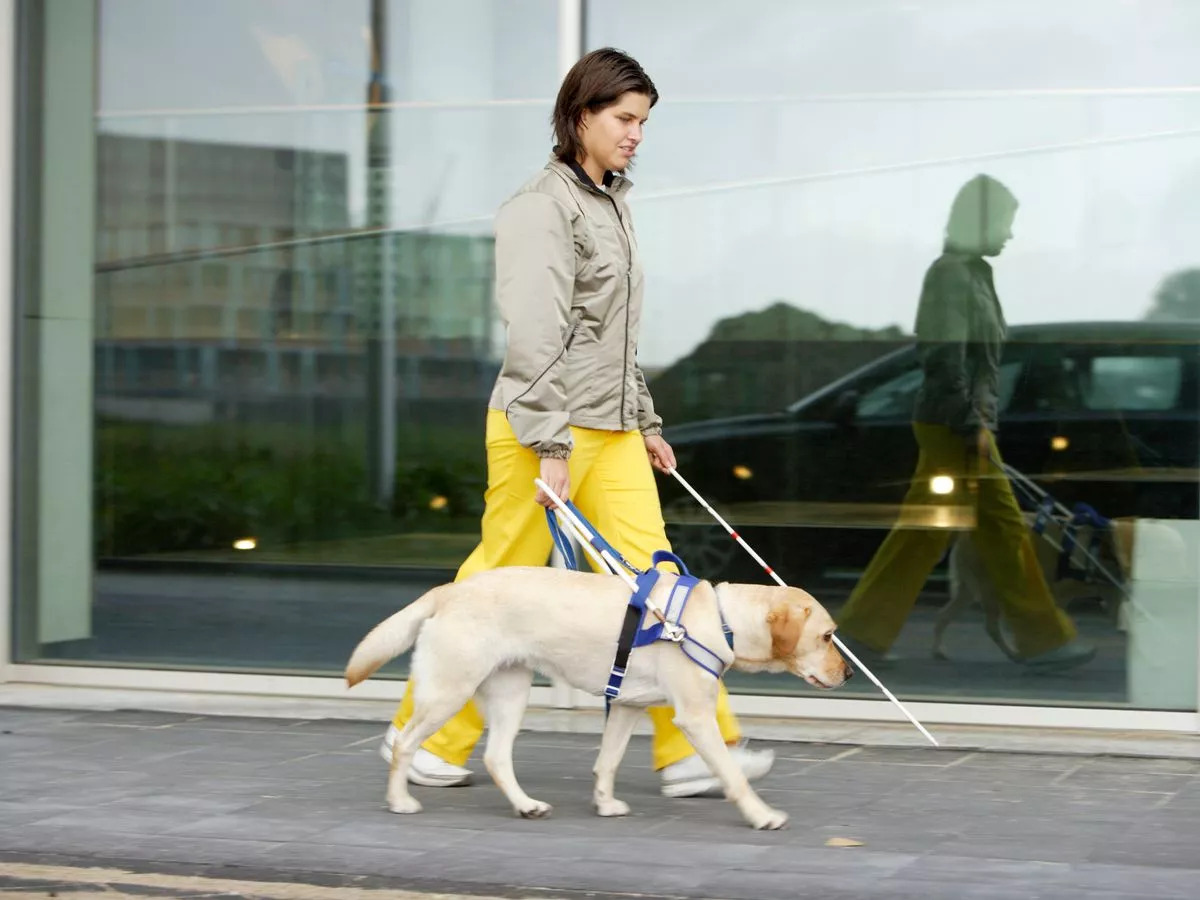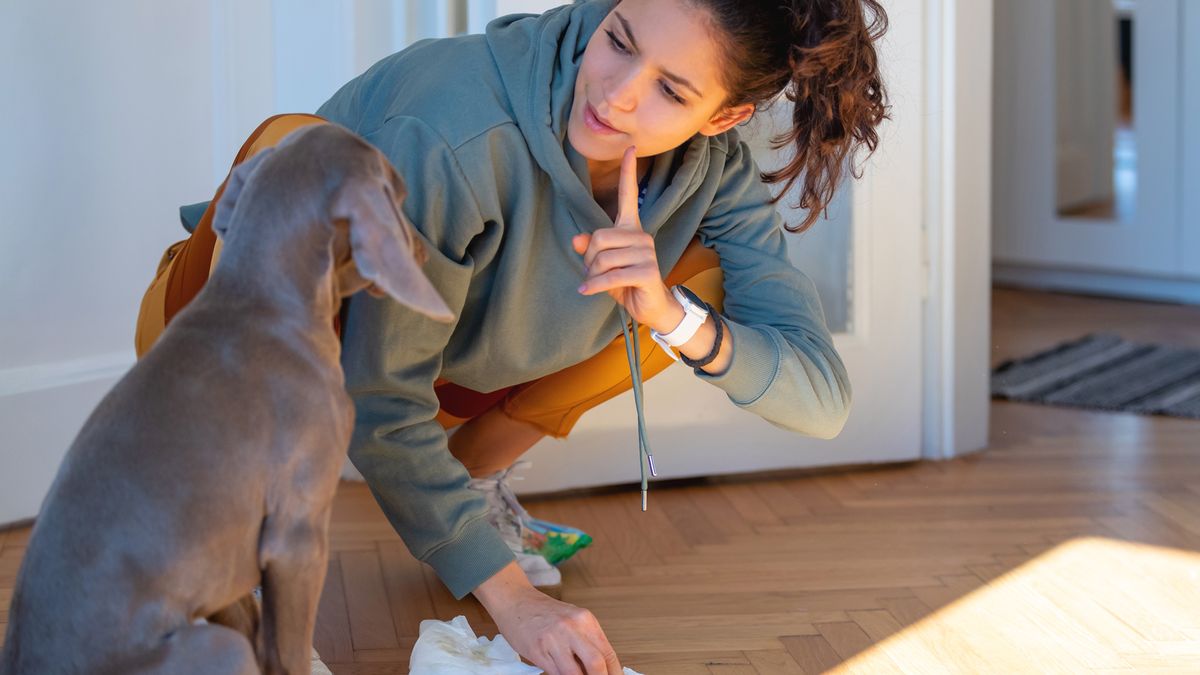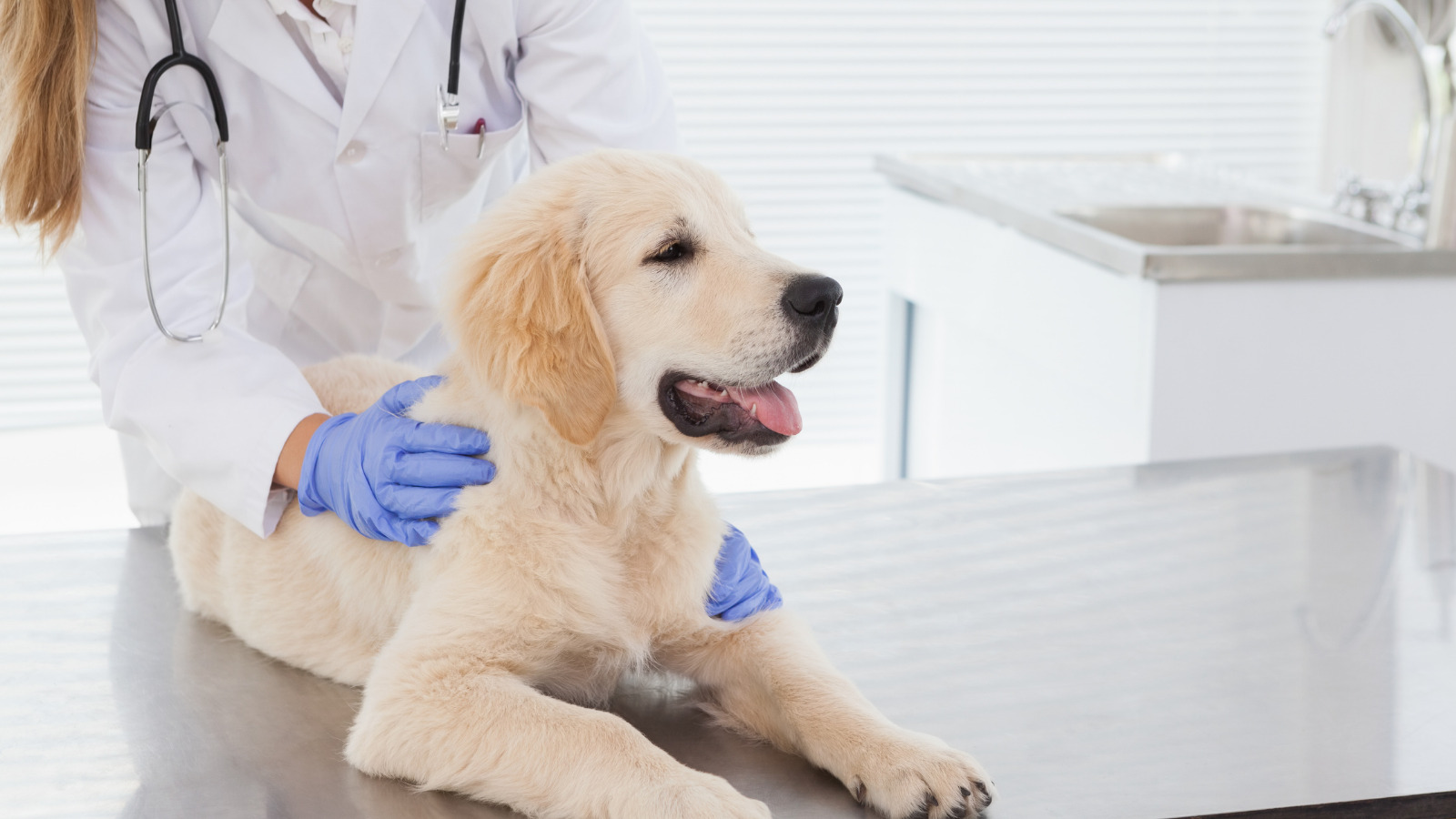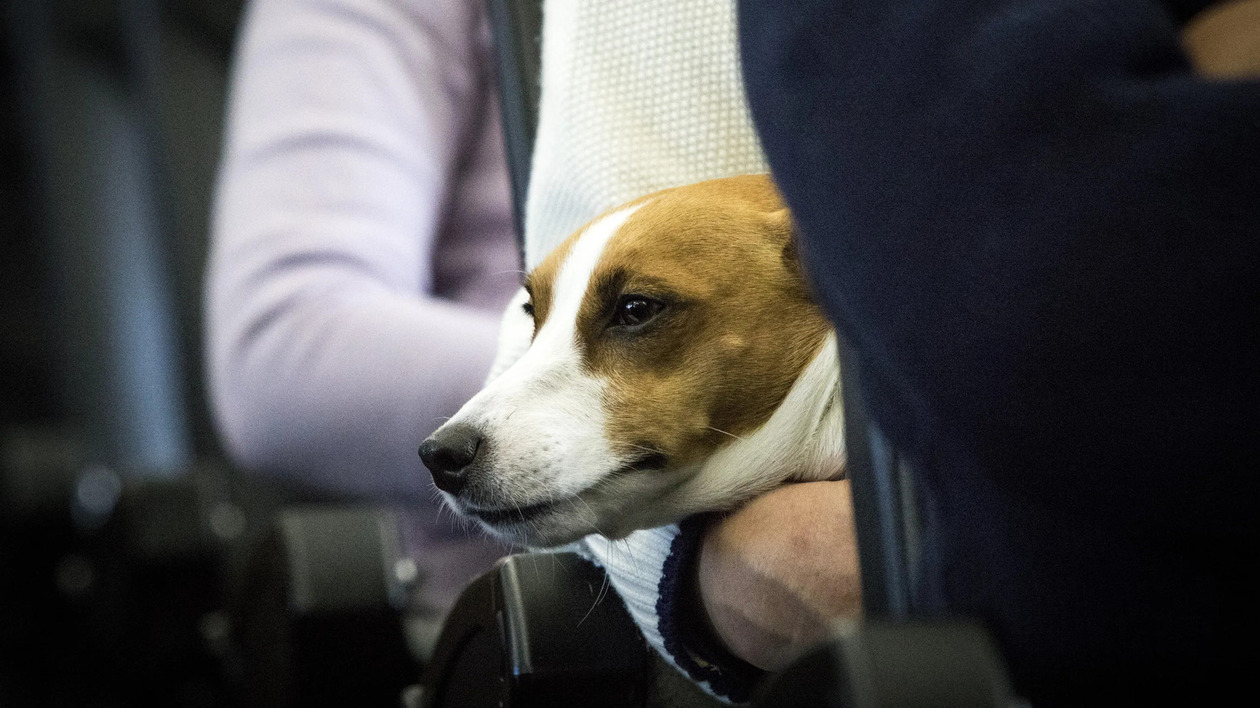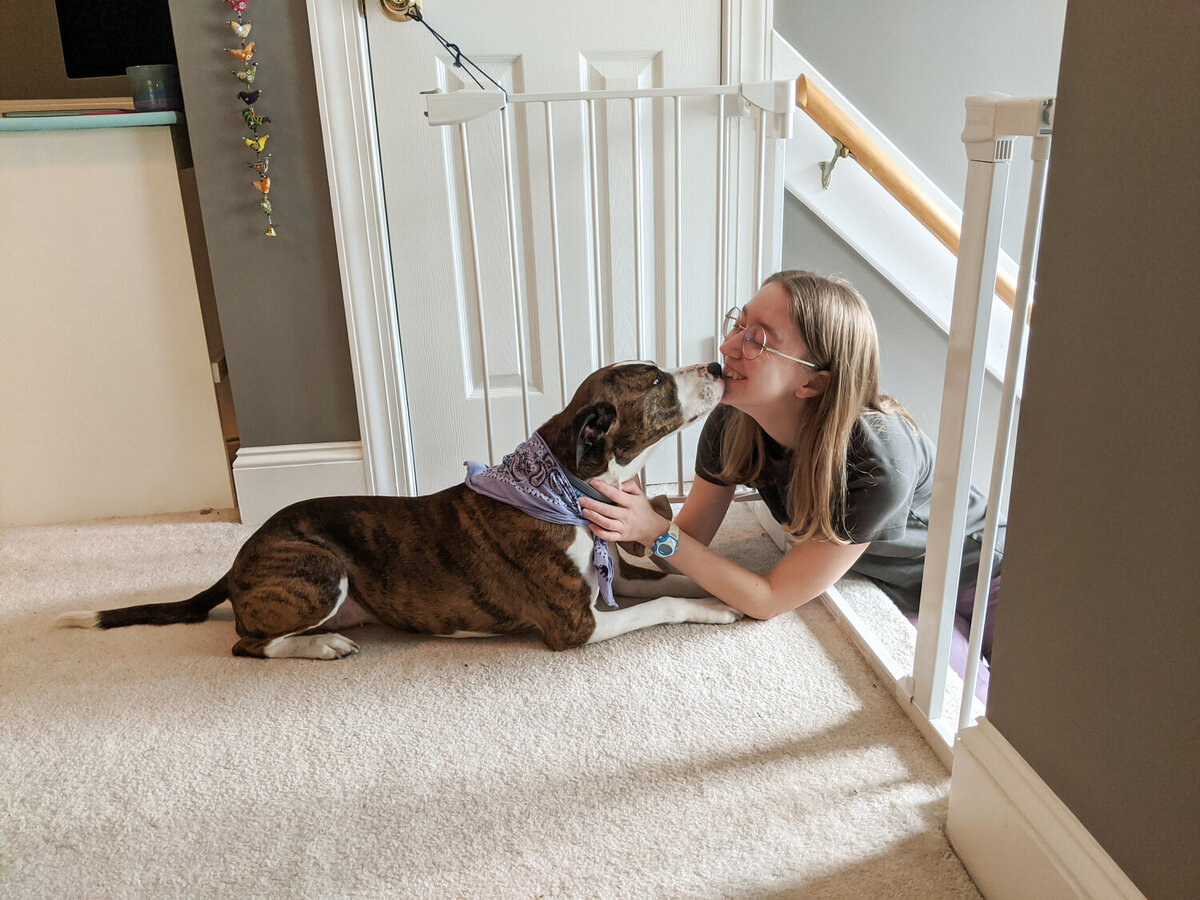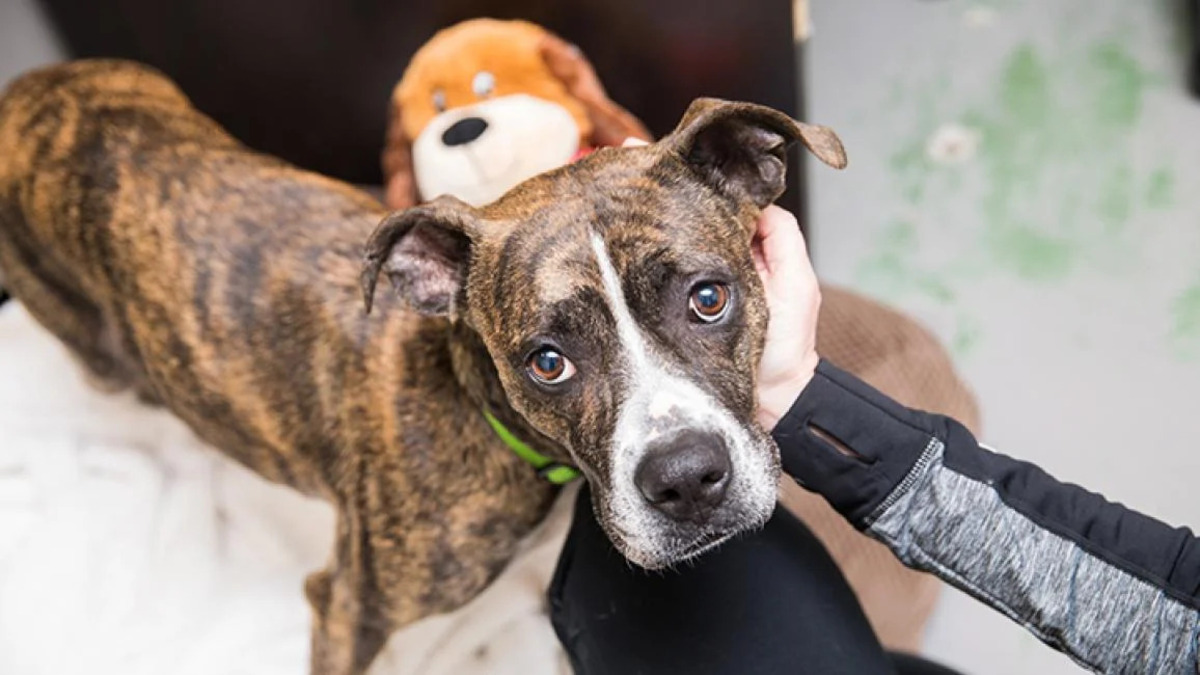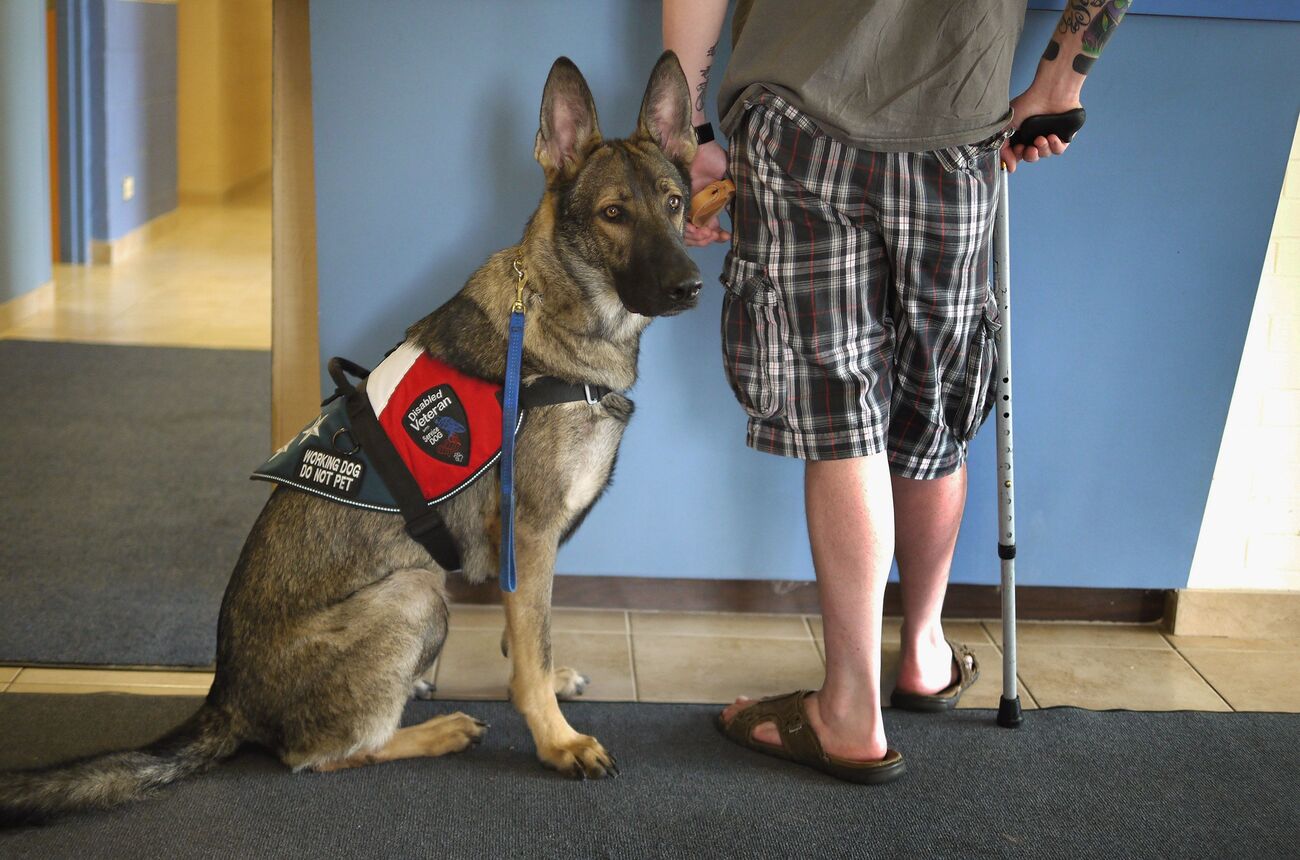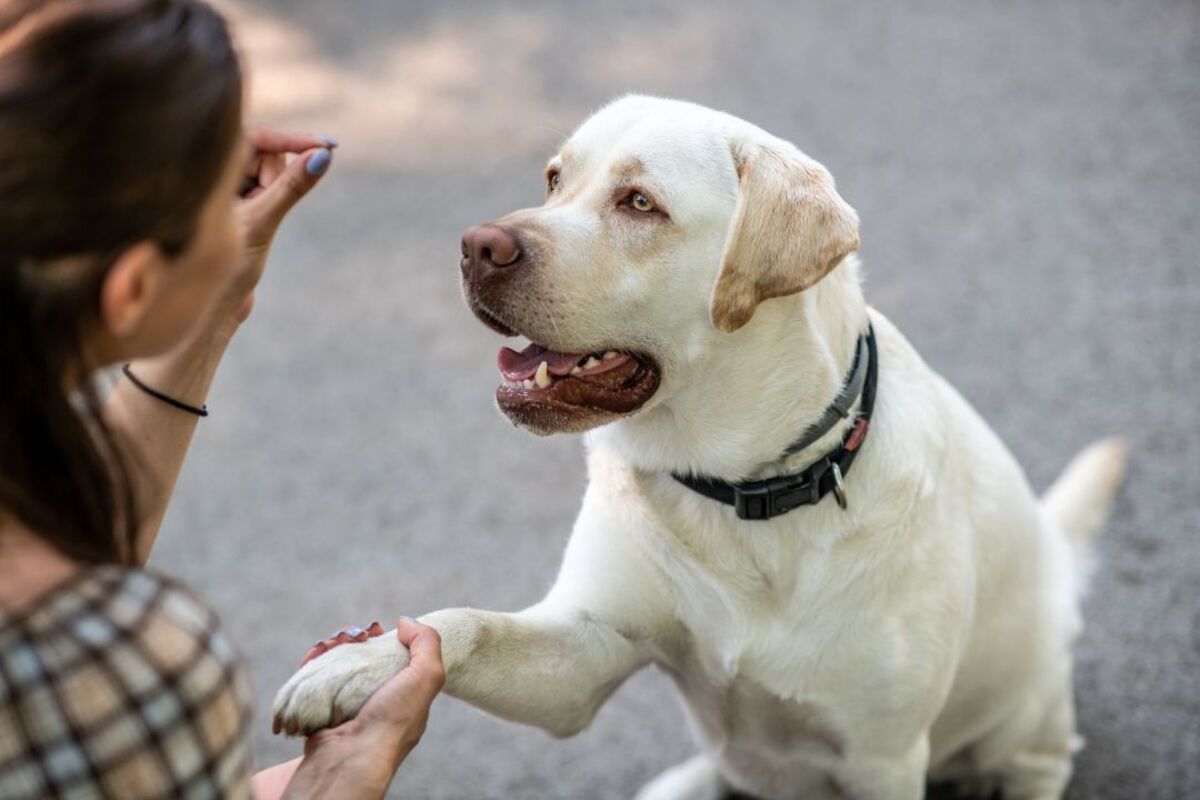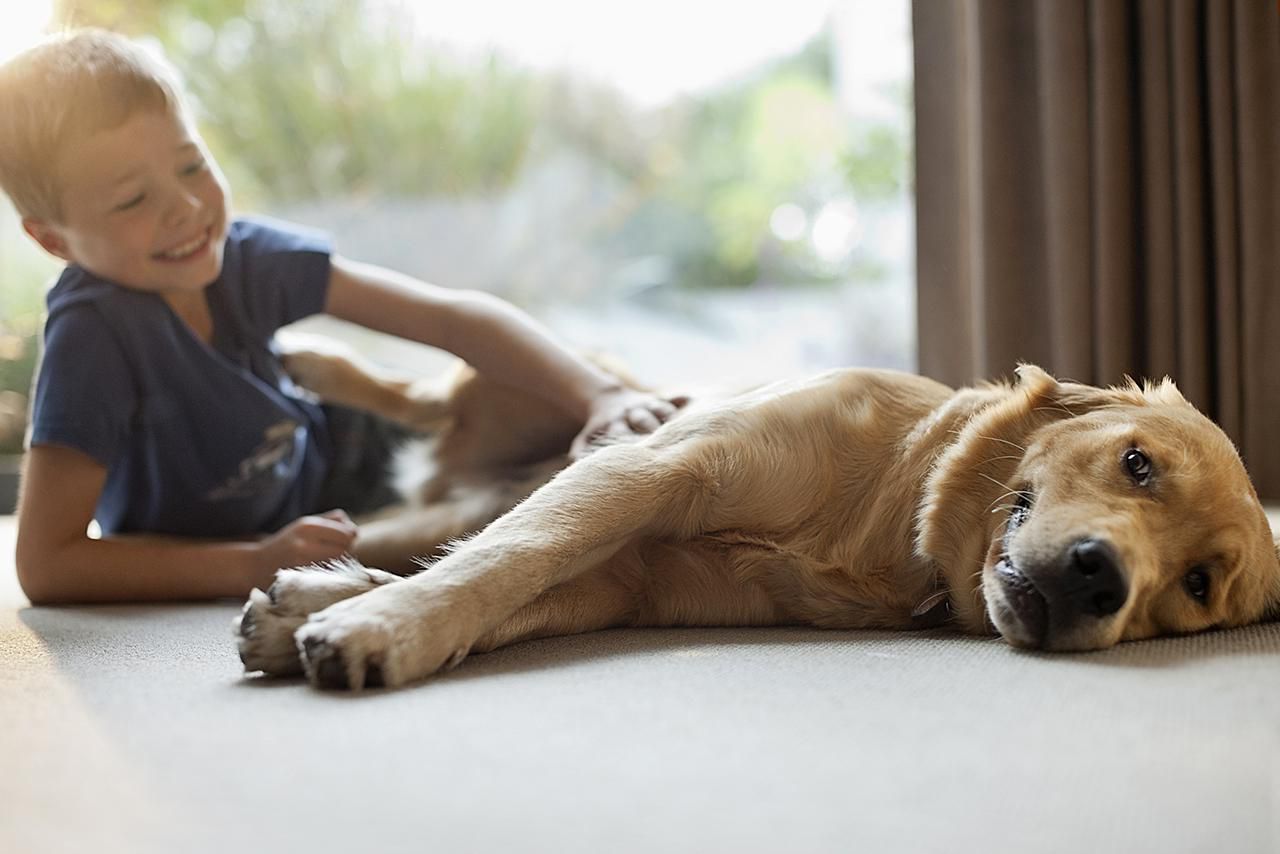Home>Health & Wellness>Common Health Issues>Eye and Ear Health>How To Adopt A Seeing Eye Dog That Failed Training
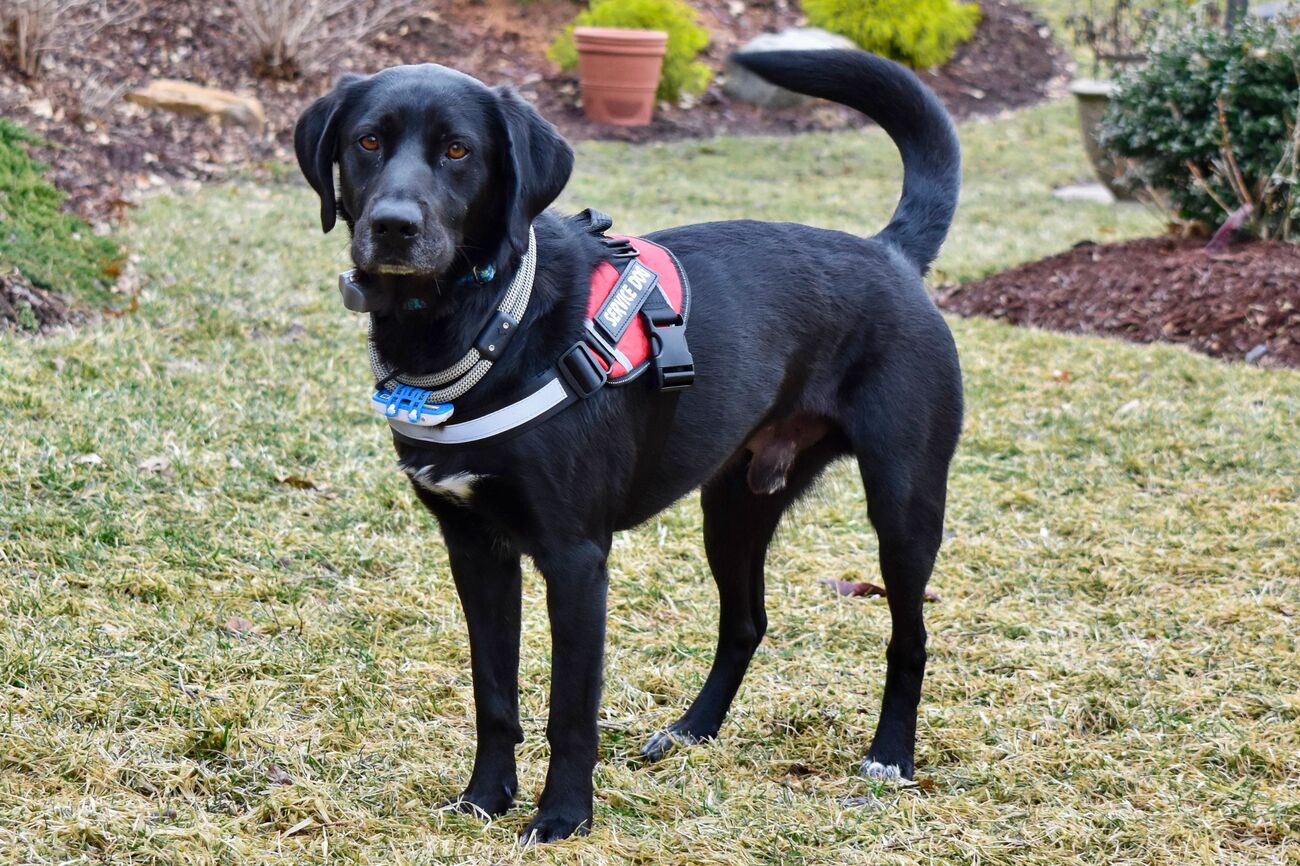

Eye and Ear Health
How To Adopt A Seeing Eye Dog That Failed Training
Published: February 11, 2024
Learn how to adopt a seeing eye dog that didn't pass training. Discover tips for caring for their eye and ear health. Find out how to provide a loving home for these special dogs.
(Many of the links in this article redirect to a specific reviewed product. Your purchase of these products through affiliate links helps to generate commission for Pawsomeoldies.com, at no extra cost. Learn more)
Table of Contents
Introduction
Adopting a seeing eye dog that has failed training can be a deeply rewarding experience for both the dog and the new owner. These remarkable canines, also known as guide dogs, undergo rigorous training to assist individuals with visual impairments in navigating their surroundings safely and independently. However, not all dogs successfully complete this specialized training program. Despite their inability to serve as guide dogs, these animals possess exceptional qualities that make them ideal candidates for adoption as beloved pets or for alternative roles that capitalize on their unique skills and temperament.
In this comprehensive guide, we will explore the reasons behind a seeing eye dog's training failure, the process of finding a suitable organization for adopting a failed seeing eye dog, the adoption process and requirements, as well as the crucial steps involved in training and bonding with your new four-legged companion. Whether you are considering adopting a failed seeing eye dog or simply seeking to expand your knowledge about these remarkable animals, this article will provide valuable insights and practical advice to help you make an informed decision and embark on a fulfilling journey with your new furry friend.
Read more: How To Be A Seeing-Eye Dog Foster
Understanding the Reasons for a Seeing Eye Dog's Training Failure
Seeing eye dogs, also known as guide dogs, undergo extensive and specialized training to prepare them for their crucial role in assisting individuals with visual impairments. However, not all dogs successfully complete this rigorous training program. Understanding the reasons behind a seeing eye dog's training failure is essential for prospective adopters and anyone interested in the welfare of these remarkable animals.
-
Temperament and Personality: One of the primary reasons for a seeing eye dog's training failure is related to temperament and personality traits. While these dogs are bred for their intelligence, loyalty, and trainability, not every dog possesses the specific temperament required to remain focused and calm in various challenging situations. Some dogs may exhibit high energy levels, distractibility, or a strong prey drive, which can hinder their ability to perform the complex tasks essential for guiding individuals with visual impairments.
-
Health and Physical Limitations: Another factor contributing to training failure is related to health and physical limitations. Despite thorough health screenings and evaluations, some dogs may develop unforeseen health issues or physical conditions that affect their ability to perform guide dog duties. These may include joint problems, vision impairments, or other medical concerns that compromise the dog's capacity to fulfill the demanding requirements of a guide dog.
-
Environmental Sensitivity: Sensitivity to environmental stimuli can also lead to training challenges and potential failure for seeing eye dogs. Dogs that exhibit heightened sensitivity to noise, crowds, or unfamiliar surroundings may struggle to maintain focus and composure in dynamic urban environments, where guide dogs are relied upon to navigate safely and efficiently.
-
Socialization and Training Challenges: Adequate socialization and training are crucial for the development of a successful guide dog. However, some dogs may encounter difficulties during the training process, such as struggling to acclimate to urban settings, encountering obstacles in learning complex navigation commands, or displaying anxiety in crowded or high-stress environments. These challenges can impede a dog's progress and ultimately lead to training failure.
By understanding these reasons for a seeing eye dog's training failure, prospective adopters can gain insight into the unique characteristics and challenges that these dogs may possess. This knowledge is invaluable for selecting a dog that aligns with the adopter's lifestyle and expectations, as well as for providing the necessary support and understanding to ensure a smooth transition and successful integration into their new home.
Finding a Suitable Organization for Adopting a Failed Seeing Eye Dog
When considering the adoption of a failed seeing eye dog, it is crucial to find a reputable and suitable organization that specializes in the rehoming of these exceptional animals. Several organizations across the country are dedicated to the welfare and placement of failed guide dogs, offering a structured and compassionate approach to matching these dogs with caring individuals or families. Here are essential steps to guide prospective adopters in finding a suitable organization for adopting a failed seeing eye dog:
-
Research and Outreach: Begin by conducting thorough research to identify organizations that specifically work with failed seeing eye dogs. Utilize online resources, such as reputable animal welfare websites, forums, and social media groups, to gather information about organizations with a proven track record in the adoption and rehoming of these dogs. Additionally, reach out to local animal shelters, veterinary clinics, and dog training facilities to inquire about potential leads or recommendations for reputable organizations in your area.
-
Review Organization Criteria: Once you have identified potential organizations, carefully review their adoption criteria, processes, and policies. Look for organizations that prioritize the well-being and long-term placement of their dogs, ensuring that the adoption process aligns with your expectations and capabilities as a new dog owner. Consider factors such as adoption fees, medical history disclosure, and post-adoption support provided by the organization.
-
Visit the Facility and Meet the Dogs: If feasible, schedule a visit to the organization's facility to meet the available failed seeing eye dogs in person. This provides an invaluable opportunity to observe the dogs' behavior, temperament, and individual traits, allowing you to assess compatibility and form a personal connection with potential candidates. Interact with the dogs under the guidance of knowledgeable staff members to gain insight into their personalities and specific needs.
-
Evaluate Support Services: Inquire about the support services offered by the organization post-adoption. A reputable organization should provide guidance, resources, and assistance to help adopters navigate the transition and address any potential challenges that may arise. This may include access to training resources, behavioral counseling, and networking opportunities with other adopters of failed seeing eye dogs.
-
Review Adoption Agreements: Prior to finalizing the adoption process, carefully review and understand the terms outlined in the adoption agreement provided by the organization. Ensure that all relevant details, including medical history, spaying/neutering status, and behavioral assessments, are transparently documented. Seek clarification on any uncertainties and confirm your commitment to providing a loving and supportive home for your new canine companion.
By following these steps and engaging with reputable organizations dedicated to the welfare of failed seeing eye dogs, prospective adopters can navigate the adoption process with confidence and compassion. The decision to adopt a failed seeing eye dog represents a meaningful opportunity to provide a loving home to a remarkable animal while embracing the unique bond and companionship that these dogs offer.
The Adoption Process and Requirements
The adoption process for a failed seeing eye dog involves several essential steps and requirements to ensure a successful transition for both the dog and the new owner. When embarking on the journey of adopting a failed seeing eye dog, prospective adopters should familiarize themselves with the specific process and criteria established by the organization facilitating the adoption. Here's a detailed overview of the adoption process and the associated requirements:
Initial Application and Screening
Prospective adopters are typically required to complete an initial adoption application, providing essential details about their living situation, lifestyle, experience with dogs, and the environment the dog will be entering. This application serves as the first step in the screening process, allowing the organization to assess the compatibility between the adopter and the dog. Additionally, applicants may be asked to provide personal references and consent to a home visit to further evaluate the suitability of the living environment for the dog.
Read more: How To Train A Dog To Make Eye Contact
Adoption Counseling and Education
Upon the submission and review of the adoption application, prospective adopters may participate in adoption counseling sessions or educational workshops conducted by the organization. These sessions aim to familiarize the adopters with the unique needs and characteristics of failed seeing eye dogs, as well as to provide guidance on the transition process and the responsibilities associated with caring for a dog with specialized training history. Through these interactions, adopters gain valuable insights into the behavioral, emotional, and training considerations specific to failed seeing eye dogs.
Compatibility Assessment and Matching
The organization responsible for rehoming failed seeing eye dogs plays a pivotal role in assessing the compatibility between the dogs and prospective adopters. This involves considering factors such as the dog's temperament, energy level, and individual needs in relation to the adopter's lifestyle, living arrangements, and experience with dogs. By conducting thorough assessments and observations, the organization strives to facilitate successful matches that align with the unique requirements and preferences of both the dog and the adopter.
Adoption Requirements and Agreements
Before finalizing the adoption process, prospective adopters must fulfill specific requirements set forth by the organization. These requirements may include a commitment to providing a safe and nurturing environment for the dog, adherence to veterinary care guidelines, and compliance with local regulations related to pet ownership. Additionally, adopters are typically required to sign adoption agreements outlining their responsibilities, including providing proper care, training, and ongoing support for the dog. These agreements serve as a formal commitment to the well-being and long-term welfare of the adopted dog.
Transition and Post-Adoption Support
Following the completion of the adoption process, the organization provides essential support and resources to facilitate a smooth transition for the dog into its new home. This may involve guidance on acclimating the dog to its surroundings, addressing potential behavioral adjustments, and accessing training or behavioral support services if needed. Furthermore, ongoing post-adoption support is often available to assist adopters in navigating the challenges and joys of integrating a failed seeing eye dog into their lives, ensuring a fulfilling and enduring bond between the dog and its new family.
By understanding the comprehensive adoption process and the associated requirements, prospective adopters can approach the decision to adopt a failed seeing eye dog with confidence and preparedness. The structured approach to adoption, coupled with the organization's support and guidance, creates a solid foundation for a successful and enriching experience for both the dog and its new owner.
Read more: When Were Seeing Eye Dogs Introduced
Training and Bonding with Your New Seeing Eye Dog
Once you have completed the adoption process and welcomed a failed seeing eye dog into your home, the journey of training and bonding begins. This pivotal phase not only establishes a strong and trusting relationship between you and your new canine companion but also plays a crucial role in helping the dog adapt to its new environment and transition into its role as a cherished pet. Here are essential steps to guide you through the training and bonding process with your new seeing eye dog:
Establishing a Safe and Comfortable Environment
Creating a safe and comfortable living space for your new seeing eye dog is paramount to its well-being and sense of security. Designate a dedicated area within your home where the dog can rest, eat, and seek refuge when needed. Ensure that the environment is free from potential hazards and equipped with essential amenities, such as a cozy bed, food and water bowls, and interactive toys to engage the dog's mind and alleviate stress.
Building Trust and Routine
Building trust forms the foundation of a strong bond between you and your seeing eye dog. Establish a consistent daily routine that includes regular feeding times, exercise, and opportunities for social interaction. Consistency and predictability in your interactions with the dog help instill a sense of security and reliability, fostering trust and comfort in the new environment.
Positive Reinforcement Training
Utilize positive reinforcement techniques to encourage desirable behaviors and reinforce the dog's confidence and trust in you. Reward the dog with treats, praise, and affection when it exhibits behaviors that align with your expectations. Positive reinforcement not only facilitates effective training but also strengthens the emotional connection between you and your new companion.
Read more: How Hard Is It To Get A Seeing Eye Dog
Obedience and Socialization
Engage in obedience training to teach essential commands and behaviors, such as sit, stay, and walking on a leash. Additionally, prioritize socialization experiences to expose the dog to various environments, people, and other animals in a controlled and positive manner. This helps the dog develop confidence, adaptability, and appropriate social skills, enhancing its overall well-being and integration into your lifestyle.
Patience and Understanding
Patience and understanding are fundamental when training and bonding with a failed seeing eye dog. Recognize that the dog may require additional time and support to adjust to its new role as a pet. Be patient with any behavioral challenges or anxieties the dog may exhibit, and approach training with empathy and a willingness to accommodate its individual needs.
Professional Guidance and Support
Seek professional guidance and support from experienced dog trainers or behaviorists, especially if you encounter specific training challenges or behavioral concerns. Professional expertise can provide valuable insights and tailored strategies to address any obstacles and enhance the training and bonding experience with your new seeing eye dog.
By embracing these essential steps and approaches, you can cultivate a strong and enduring bond with your new seeing eye dog while providing the necessary support and guidance for its successful integration into your home and family. The training and bonding process represents a transformative journey that fosters mutual trust, companionship, and a fulfilling partnership between you and your remarkable canine companion.
Conclusion
In conclusion, the decision to adopt a failed seeing eye dog represents a remarkable opportunity to provide a loving and supportive home to an extraordinary animal. By understanding the reasons behind a seeing eye dog's training failure, prospective adopters gain valuable insight into the unique characteristics and challenges that these dogs may possess. The temperament, health, environmental sensitivity, and socialization factors contribute to the training outcomes and guide the selection of a dog that aligns with the adopter's lifestyle and expectations.
Finding a suitable organization for adopting a failed seeing eye dog involves thorough research, review of adoption criteria, visiting the facility, evaluating support services, and reviewing adoption agreements. Engaging with reputable organizations dedicated to the welfare of failed seeing eye dogs ensures a structured and compassionate approach to matching these dogs with caring individuals or families.
The adoption process and requirements encompass initial application and screening, adoption counseling and education, compatibility assessment and matching, adoption requirements and agreements, as well as transition and post-adoption support. This comprehensive process, coupled with the organization's support and guidance, creates a solid foundation for a successful and enriching experience for both the dog and its new owner.
Once the adoption process is complete, the journey of training and bonding with the new seeing eye dog begins. Establishing a safe and comfortable environment, building trust and routine, utilizing positive reinforcement training, engaging in obedience and socialization, and demonstrating patience and understanding are essential steps in fostering a strong and enduring bond with the new canine companion.
In embracing the training and bonding process, adopters embark on a transformative journey that fosters mutual trust, companionship, and a fulfilling partnership with their remarkable canine companion. The decision to adopt a failed seeing eye dog not only enriches the lives of the adopters but also provides a second chance for these exceptional animals to thrive in a loving and supportive environment.
